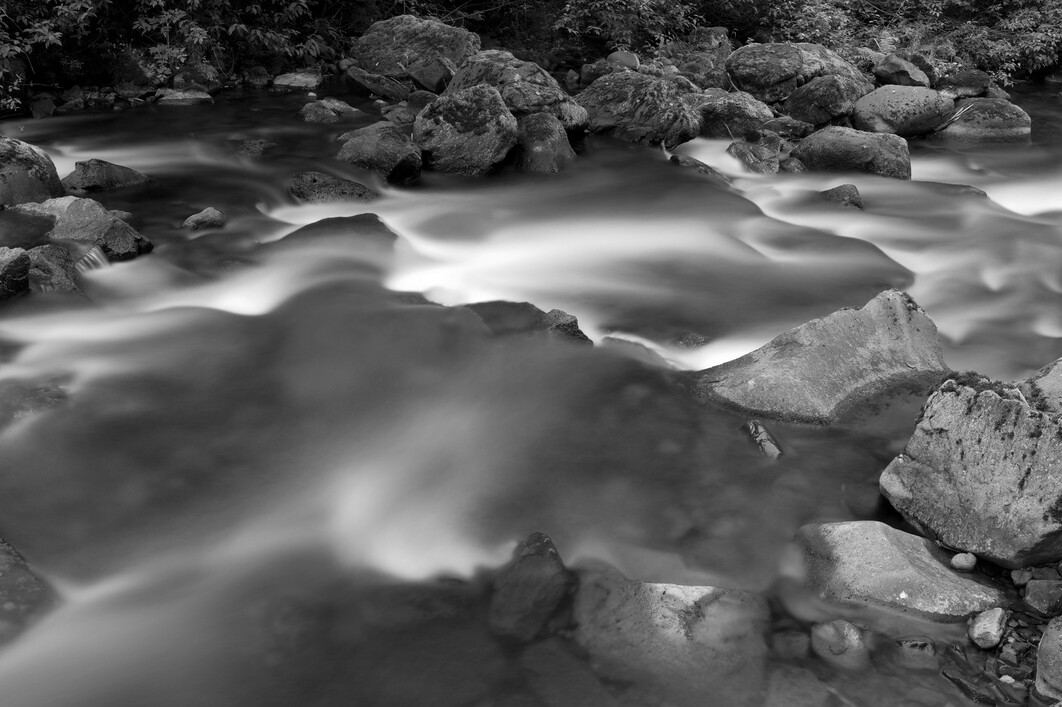Captured with the Rodenstock 40mm/4.0 HR-Digaron-W lens (@ f/6.3), Phase One IQ4-150 back (@ ISO 50), Cambo 1250 Camera.
This humble, somewhat dilapidated shelter, a few miles south of SFO airport, once housed a medium wave aviation beacon (NDB). It currently hosts a variety of aviation surveillance sensors. Its location is also waypoint on the way to SFO runway 28R.
This kind of infrastructure, integral to modern aviation safety, is almost invisible if you don’t know where to look for it.


Infrastructure is quietly heroic, and deserves to be seen that way.